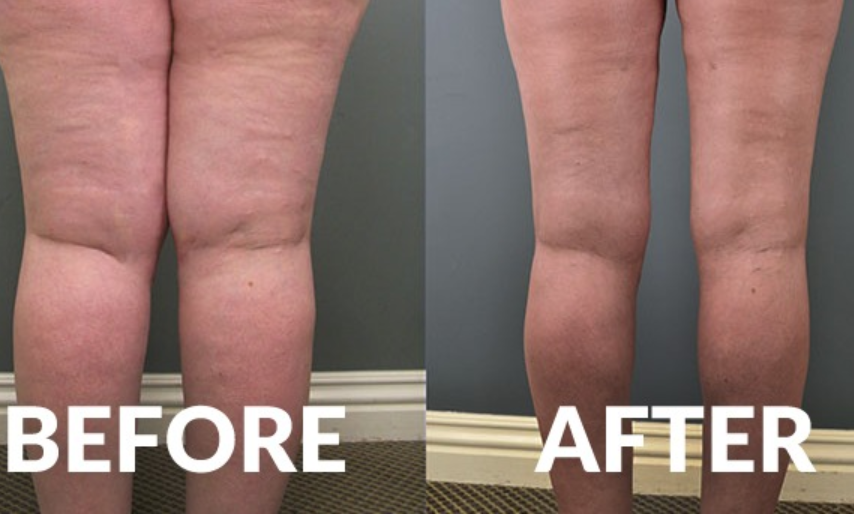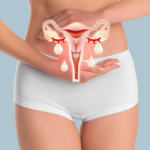Lipedema occurs when fat cells accumulate abnormally in certain areas of the lower extremities, like the hips. Lipedema affects mainly women. It causes pain, tenderness, swelling, and an unbalanced body shape. Lipedema often goes undiagnosed even though it can affect your physical and psychological well-being. The traditional methods for weight loss are not effective at treating lipedema. Therefore, many individuals turn to alternative treatment options. Liposuction offers a promising treatment for lipedema, bringing relief and improved quality of life. This article discusses the pros, cons, and possible outcomes of Liposuction.
Understanding Lipedema:
Before considering Liposuction for Lipedema as a possible treatment, it is necessary to understand the condition fully. Lipedema causes a disproportionate shape to the body due to its progressive nature. Lipedema characteristic features include:
- An enlarged and painful fat deposit, usually in the lower body area (hips and thighs), can also be found on the upper arms.
- Disproportionate physique, with a distribution of fat that is relatively normal in the upper and lower body.
- Tenderness in the affected area and sensitivity when touched.
- Quick bruising and slow recovery.
- Swelling or edema can become worse over time.
- The negative impact of body image on self-esteem
Challenges in Traditional Weight-Loss Methods:
Lipedema, unlike other conditions caused by weight gain or inactivity, is not a result of either. Therefore, it can be difficult to relieve symptoms through weight loss techniques. Lipedema can make it difficult for individuals to lose the weight they need in affected areas despite adherence to strict diets. This can cause frustration and negatively impact the quality of their life. Liposuction has the potential to be an effective treatment for lipedema.
Liposuction Is A Treatment Option:
Liposuction, a procedure specifically designed for lipedema patients, involves removing excess fat from the affected areas. Liposuction can be used for lipedema to help alleviate symptoms and improve overall health and quality of life. Liposuction should be considered for those with lipedema.
Patient Evaluation: Before recommending Liposuction to patients, a thorough evaluation takes place for the doctor to confirm that lipedema is present, evaluate its severity, and determine whether surgery is appropriate. This evaluation involves reviewing your medical history and performing a physical examination. Imaging tests may also be performed.
Surgical Technique: Liposuction in lipedema usually involves tumescent Liposuction. The technique involves the injection of a solution tumescent into the targeted area. The solution numbs the area, constricts blood vessels, and removes fat with minimal bleeding.
Treatment Planning: The extent and areas for Liposuction vary depending on an individual’s goals and specific needs. The surgeon creates a detailed treatment plan, which considers the severity of lipedema and the patient’s general health.
Symptom Relief and Improved Quality of Life: Liposuction improves the quality of life and provides symptom relief for patients with lipedema. It does this by reducing pain, inflammation, and discomfort. Removal of excess fat cells can improve mobility, reduce tenderness, and increase well-being. Also, individuals can experience improvements in their self-confidence and overall quality of life.
Post-Surgical Management and Care:
The best results are achieved by following Liposuction to treat lipedema with proper post-surgical management. This could include wearing compression clothes, maintaining an active lifestyle, or following the surgeon’s instructions on recovery and rehabilitation. Liposuction doesn’t cure lipedema. Instead, it is used to treat symptoms and improve life quality. Long-term management can involve a variety of approaches, such as physical therapy, dietary advice, and medical support.
Conclusion:
Liposuction offers an excellent treatment option for those suffering from lipedema’s physical and psychological effects. Liposuction offers significant symptomatic relief, improved mobility, and improved quality of life. Consult a liposuction specialist who has experience in treating lipedema. They can help you determine your eligibility and create an individualized treatment plan. Liposuction may treat lipedema with an appropriate evaluation, surgical procedure, postoperative care, and long-term management.








